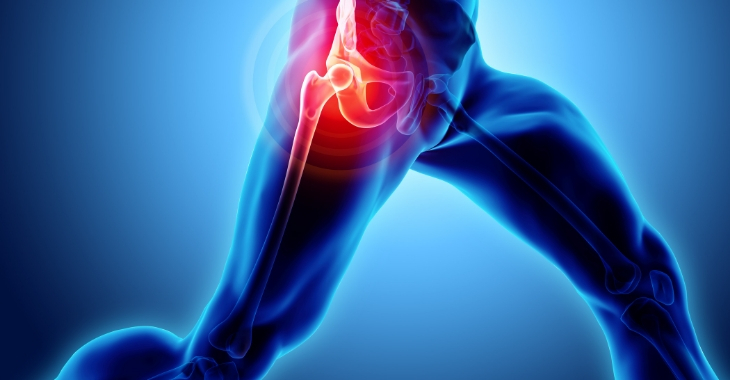Lumbar Sympathetic Block
Lumber sympathetic blocks are local anesthetic injections into a patient’s sympathetic nerves to reduce pain, swelling, color, sweating and other unusual changes in a patient’s leg to improve mobility. The sympathetic nerves control basic functions, however they can also pain information from the peripheral tissues back to the patient’s spinal cord. In many cases, the block is a part of the treatment for such conditions as Reflex Sympathetic Dystrophy (RSD), Sympathetic Maintained Pain, Complex Regional Pain Syndrome and Herpes Zoster or “shingles” occurring in the legs.
Although the procedure is not completely pain free, most patients find the treatment effective, especially if a series of injections are given. During the injection, the highly trained and experienced physician specializing in spinal care will make the patient comfortable by utilizing a local anesthetic and in many cases sedation. The injection site is sterilized and the physician will use an x-ray machine to guide the needle into place. The x-ray is also used to verify the spread of the medicine around the sympathetic nerves. In addition to a local anesthetic, the doctor will sometimes add other medicines into the injection. These other medicines include epinephrine, clonidine or a steroid, all of which tend to prolong the effects of the block. In general the procedure usually takes between 10-30 minutes to complete. In most cases the patient is able to resume normal activities within a couple of days.
In most cases a patient will be required to receive a series of injections for the lumbar sympathetic block to be effective. In most cases, a patient receiving the injections once their illness initially presents, respond better than those patients who have suffered with their symptoms for a long time.
Posted on behalf of Armin Oskouei
The information provided on this website, including text, graphics, images, and other materials, is intended solely for informational purposes and should not be used as a substitute for professional medical advice, diagnosis, or treatment.


)